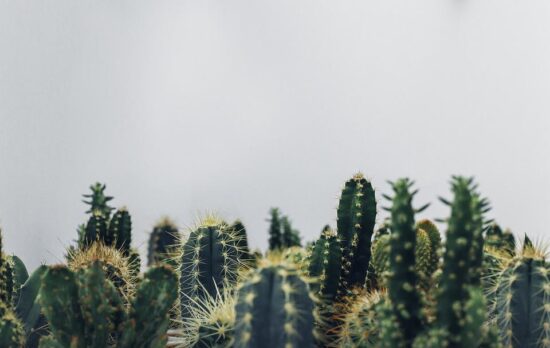Potential of Desert Medicinal Plants for Combating Resistant Biofilms in Urinary Tract Infections
Urinary tract infections (UTIs) are among the most prevalent bacterial infections worldwide, with 11% of the global population getting infected every year. These infections are largely attributed to quorum sensing (QS)-dependent ability of pathogens to form biofilms in the urinary tract. Antimicrobial resistance is increasing, and the use of antimicrobial medicines in the future is yet uncertain. The desert medicinal plants have great potential to treat several diseases as per the available ethnobotanical database. Some of these plants have been used in folklore medicines to treat urinary tract infections also. There are many bioactive compounds derived from these desert medicinal plants that have been documented to possess antimicrobial as well as antibiofilm activity against uropathogens. The minimum biofilm inhibitory concentration (MBIC) of these plant extracts have been reported in the range of 31.5–250 μg/mL. The rising prevalence of drug-resistant diseases necessitates standardised modern analytical technologies to detect and isolate novel bioactive compounds from medicinal plants.
AMR NEWS
Your Biweekly Source for Global AMR Insights!
Stay informed with the essential newsletter that brings together all the latest One Health news on antimicrobial resistance. Delivered straight to your inbox every two weeks, AMR NEWS provides a curated selection of international insights, key publications, and the latest updates in the fight against AMR.
Don’t miss out on staying ahead in the global AMR movement—subscribe now!







